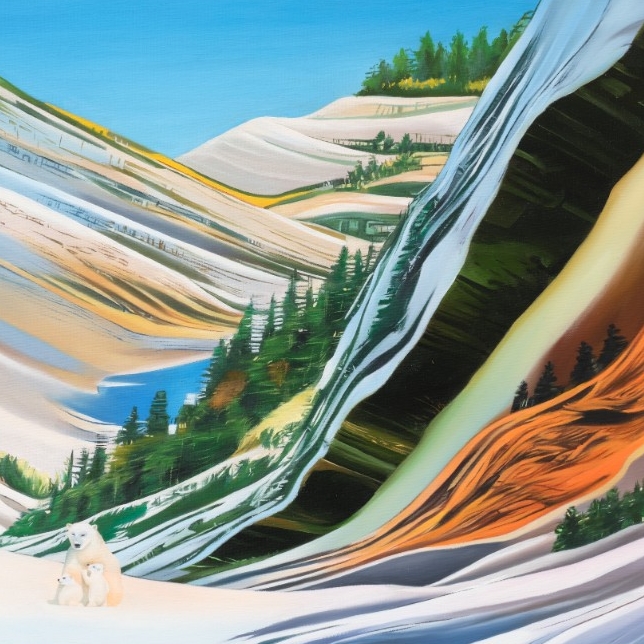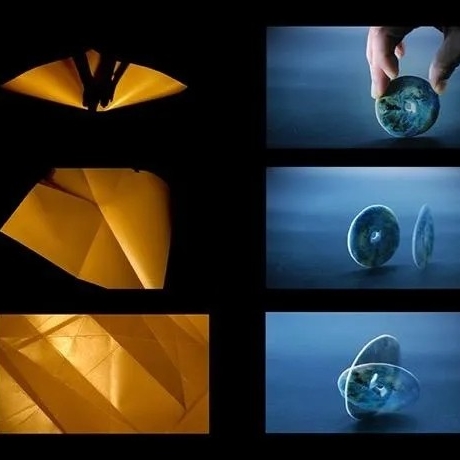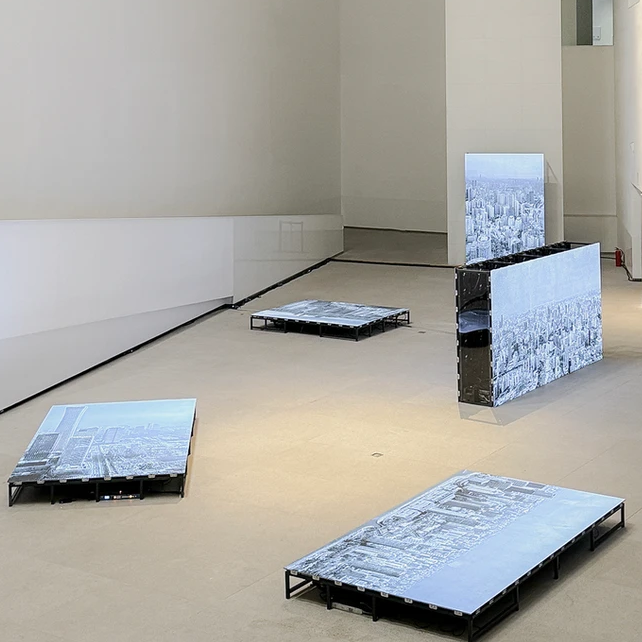The red peppers of our own day are falsified, whether intentionally or not. This is not because their character is purely psychological; but because, however honest the traveller maybe, he cannot, or can no longer, present them to us in their authentic form. Before we consent to accept them they must be sorted and sieved; and, by a process which in the case of the more sincere travellers is merely unconscious, the stereotype is substituted for the real.
— Tristes Tropique, Claude Lévi-Strauss. [1]
No matter how thoroughly the traveler immerses himself in the local lifestyle, he is powerless in averting the differences from the Other. The discrepancy based on time, class, and geographical distance determines that he is, after all, a passerby. Claude Lévi-Strauss detests traveling, as these predatory experiences are unconsciously capitalised in the social structure as a kind of spectacle. While the process of experiential discovery is called an adventure, this so-called reality is more like a tottering glass sitting on the edge of the coffee table in a bustling cafe. Confined to a (non)moving space, it awaits the moment of a fatal fall or a timely rescue. To understand art is akin to traveling. The perception should not be based upon a faux-discovery categorised through experience. Nor should it be a dead end that is categorised by the medium. The psychological process of categorisation generally helps to organise and arrange these cognitive experiences. But it would be a misapplication if applied in unknown territories. The taxidermy approach of cataloguing has circumscribed the possibility of understanding new knowledge. Anthropologist Bronisław Malinowski has provided methodology to confront this predicament. Likewise, Jam Wu has also suggested a similar path in his abiding commitment to integrating imagery with poetry.
In Wu's latest solo exhibition Through the Walls, he emerges as a set of coordinates to embody the ambiguity in art making, composing poetry with imagery. At the same time, his artistic practice also responds to how Plato compares the four states of soul to the four representations in the classification of knowledge in the Republic. Using the Allegory of the Cave [2], Plato compares the four states of soul to the condition of the human mind, which also denotes how the individual functions, based on the visible and the intelligible in contemporary life. The four-channel video installation in Through the Walls creates a visual loop by having a man and a woman perform body movements separately. The projection resembles a shadow play in which images in black and white weave across the screen, transformed into film frames, choreographed into a narrative of the body, each frame a segment of the poem, as well as a phantasmagoric fragment of the subconscious. Wu's mastery of text and imagery has been the basis for this form of writing with imagery. In addition to the visual vocabulary created by the rich shapes in the images, his passion for depicting the indescribable and expressing creative attempts that some might consider ineffable is the manifestation of a poet's endeavor, the pursuit of poetry.
In the work Through the Walls, the distinguishable images build a rich visual vocabulary through the interaction between the light and shadow cast on the screen and the performers. It challenges the typical visual experience, creating a sense of alienation and aloofness that permeates its imagery, each frame resembling an allegory. The video seems deeply engaged in the implications and interpretations of nature and primitiveness. Just like animism [3], it reasserts symbols and meanings to each image. These images are not witchcraft or voodoo. They do not need to prove their worth by appeasing souls. More like magic, they operate in an unique way that is different from our everyday state of mind. Its reality is therefore more arcane and unfathomable. That is because understanding is more about cognition and intellect than about awareness and feeling. In this sense, poetry embodies reality to a larger extent than history, as poetry is the essence of what the poet has experienced and observed. Poetry is, therefore, his life and sentiments distilled, comprising not dry facts, but an experience more real than history.
The exhibition Through the Walls is a collaboration between the imagery of Jam Wu and the music of YuJun Wang. Wu's long-standing practice in theater and art spaces has been a sanctuary that serves as his inspiration and nurtures his visual expression. His exhibition project Papercut Field and its publications Papercut Field and ka ka jip choa have been remarkable achievements thanks to his dedication and involvement in local culture. Wu is not so much a contemporary paper-cutting artist, which, as mentioned earlier, a misuse in categorisation, than a practitioner in anthropology in the field of contemporary art. He aspires to authentic and primitive creation while emphasising the uniqueness of each individual. In Through the Walls, Wu constructs a poetic allegory through imagery. Derived from his personal experience in psychological transformation, his work delineates the state of mind of those that are trapped in the collective subconscious. In the path where individuals pursue in the search of truth and self-knowledge, Wu paves a new way and directs them to a place where one awaits and acquires a new identity steeped in trance and ambiguity. Understanding culture, like the artist's condensation of his emotional experience, is, in this case, both an eruption of unique individuality in art making, and an inevitable encounter with the Other's universal experience.
[1] Tristes Tropique, Claude Levi-Strauss, Hutchinson & Co. (Publishers) Ltd.,1961, p. 39.
[2] The Allegory of the Cave is a metaphor for a group of prisoners who represent human nature. Their thighs and necks shackled from childhood and imprisoned in a cave, they were unable to turn their eyes to look around or behind them. Although they lived in a dark cave, there was still light. But this light was not the light of the sun, which symbolizes the truth, but the light of a fire burning behind them. The source of which was not known because they could not turn their heads. Before there was this light, there were people who were allowed to walk freely through the passages behind the prisoners, carrying animals, statues, and tools. These shadows of the free people became clear images the prisoners saw on the walls. They could not distinguish between what was real and what they saw. Not only were they unaware that the shadow was formed by the light from the fire, but they had never seen real light. They were not equipped to distinguish between the real and the unreal, and therefore they had no choice but to take what they saw for granted, even as real. (Plato, The Republic, Book VII, The Allegory of the Cave).
[3] The narrow definition of the term is the discussion of the soul, and it is, however, broadly defined as a discussion of spiritual beings. Most experts agree that the idea of spirits is the core of animism, which includes the belief that animals, plants, and matter also have something similar to the soul of humans. Along with this theory came two other theories about the control over humans, animals, and matter or spirits, which are witchcraft and magic. (Sigmund Freud, Totem and Taboo, p.4)
About the exhibition
Dates: 6 March–8 May, 2021
Venue: TKG+
Address: 2F, No. 15, Ln. 548, Ruiguang Road, Neihu District, Taipei, 114, Taiwan
Courtesy of the artist and TKG+, for further information please visit www.tinakenggallery.com.





























